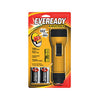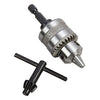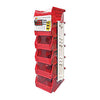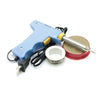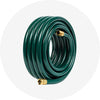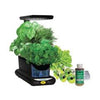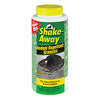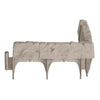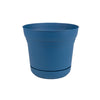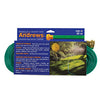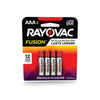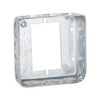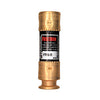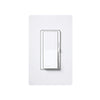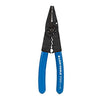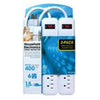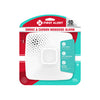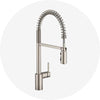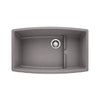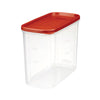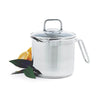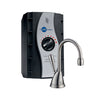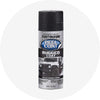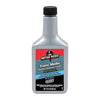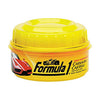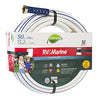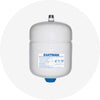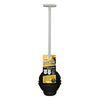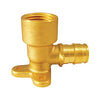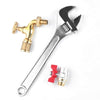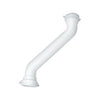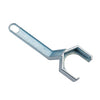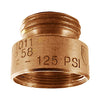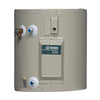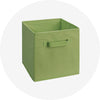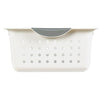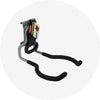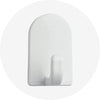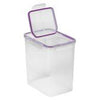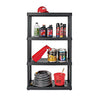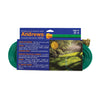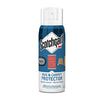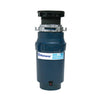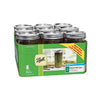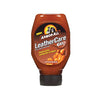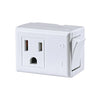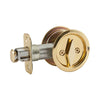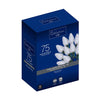How to Paint Interior Doors
∙ min read
Freshly painted doors can give your home a much-need upgrade to the look and feel of your home. When it's time to add a new coat of paint to the interior doors in your space, a few essential steps can make the process easier and the results cleaner, more attractive, and more uniform.
These expert tips will help you gather the right tools and use the best methods for bright and beautiful doors that look professionally done.
How to Paint Interior Doors
Whether you leave the door on the hinges and paint vertically or remove it to apply paint on a flat, horizontal surface, these painting door tips will make any approach as painless and straightforward as possible to enjoy fresh-faced doors in no time.

Select the Right Paint
Choosing paint is more than just heading to the hardware store and browsing swatches and paint chips. Before you get started, take some time to examine the type of paint already on the door. Latex paint, oil-based paint, and lead paint (if your home was last painted before 1979) require different procedures when preparing your door for a fresh coat of paint.
Interior doors see a lot of traffic, so it's crucial to select a paint type that is durable and easy to clean. Next, browse for gloss and semi-gloss paint sheens, ideal for high-traffic interior surfaces. The final step is to choose the best color that suits your home decor objectives. For example, suppose your project includes several internal doors. You can select different colors depending on the room or area, or if you are more traditional, choosing the same paint color for all doors might be the best choice.

Collect Your Supplies
After you've chosen your paint, you'll need a few other tools for your door painting process, including:
If the door requires any repairs, take some time to fill any gaps or dings with wood putty and sand any uneven surfaces for a smooth finish.

Protect the Hardware
It's good to remove any hardware you want to protect from paint lines and splatters. If you replace the hardware after the paint has dried, make sure the new hardware suits the door. Use a screwdriver or drill to remove the knobs, plates, lock mechanisms, and other hardware. Keep all pieces together in individual bags to make them easier to reinstall after you've finished.
If leaving the door on the hinges, cover them carefully with painter's tape or a few layers of rubber cement, which can be easily pulled off. If you choose to do so, you may also leave any hardware attached to the door and tape or apply cement to these fixtures. Use a blade on the edges to ensure any tape or cement lines are clean and straight.

Ready the Space
Painting interior doors is often messy, and paint fumes can accumulate quickly if the space lacks proper ventilation. Grab a fan or open a window, put down a drop cloth and make sure any other areas, such as walls or furniture, are protected from stray paint splatters.
As you prepare the space, establish a work area where your paints, brushes, rollers, clothes, and cleaning supplies are within easy reach when you need them.

Prep and Prime
Begin by cleaning the doors with a degreasing cleaner. Next, use sandpaper with a fine-grit over the door's surface, lightly sanding all the areas evenly. Before applying any primer or paint to the surface, wipe any dust away with a soft cloth.
If your door is new and unprimed or was previously painted with oil-based paint, you will need to select a primer suited for your project. Whether you choose a primer and sealer, a mold-killing primer, or an all-surface primer will depend on the type of paint you use and any particular issues you want to address during the door painting process.

Painting doors
If you have a paneled door, begin first by applying paint color with a brush on the inside of the panels. Follow with the faces, the center stile, and the outer rails last. The door's edges can be painted before or after you finish the faces, but keep an eye on either surface to prevent unsightly paint brush marks and runs.Professionals with extensive knowledge of how to paint interior doors recommend several thin coats of high-quality interior paint to ensure even application, especially if the door remains on the hinges. This allows you to work quickly with uniform coats that are less likely to drip or run.
When painting doors, use straight brush strokes that follow the same direction and ensure that each coat is dry between applications.

Apply a Recoat
When the paint has dried, lightly sand the surface, wipe away the dust, and go over your work with a final coat of paint. This will ensure a smooth finish and coated completely, with no streaks or imperfections.
This final coat should be left to dry for at least 24 hours before reinstalling the knobs and hardware and at least 48 hours before the entire door can be touched or closed to ensure the paint has adequate time to cure.

Painting Interior Doors
Painted doors can do a lot to refresh the appearance of your home, and it's a DIY project you can enjoy doing with all your family. At Max, we want to help you create the home of your dreams, so browse our paint collection for interior paint in various finishes, formulas, and colors to tackle this project with the right tools and materials.
Shop Your Paint Supplies Today





